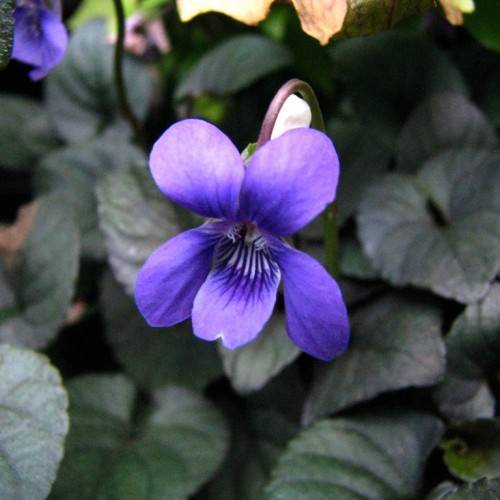
Labrador violet
Viola labradorica
Cycle:
Herbaceous Perennial
Watering:
Average
Hardiness Zone:
3 - 8
Flowers:
Flowers In Spring
Sun:
Full sun,part shade
Leaf:
Yes
Growth Rate:
Low
Maintenance:
Low
Drought Tolerant:
Yes
Salt Tolerant:
Yes
Thorny:
Yes
Care Level:
Medium
watering
Labrador violets should be watered throughout the growing season (usually between March and October). They need to be kept moist, but not soggy. Water about once a week, or when the top inch of soil is dry. Make sure that when you water, you do so thoroughly, giving the plant enough so that water runs out of the drainage holes. Also, make sure to avoid overhead watering, as this can cause mold or mildew growth.
sunlight
Labrador violets require bright light for optimum growth, but they will do best in partial shade or indirect sunlight. It is best to give them 1 to 2 hours of direct sunlight twice a day for the best growth. If the direct sunlight is too strong, plants can be moved to a slightly shadier spot in the summer months. In the winter months, the sunlight may be reduced to 1 hour per day.
pruning
Pruning Labrador violets should be done once a year in late winter or early spring. Start by removing any dead, dying or diseased branches, as well as any stems that aren't producing flowers. Then carefully shape the plant by removing any branches or stems that are crossing each other, or any that are growing too close to the centre of the shrub. Pruning should be done in small amounts, so it's best to take off no more than 5 or 10 cm at a time. Finally, give the shrub a light overall trim to maintain the desired shape and height.
